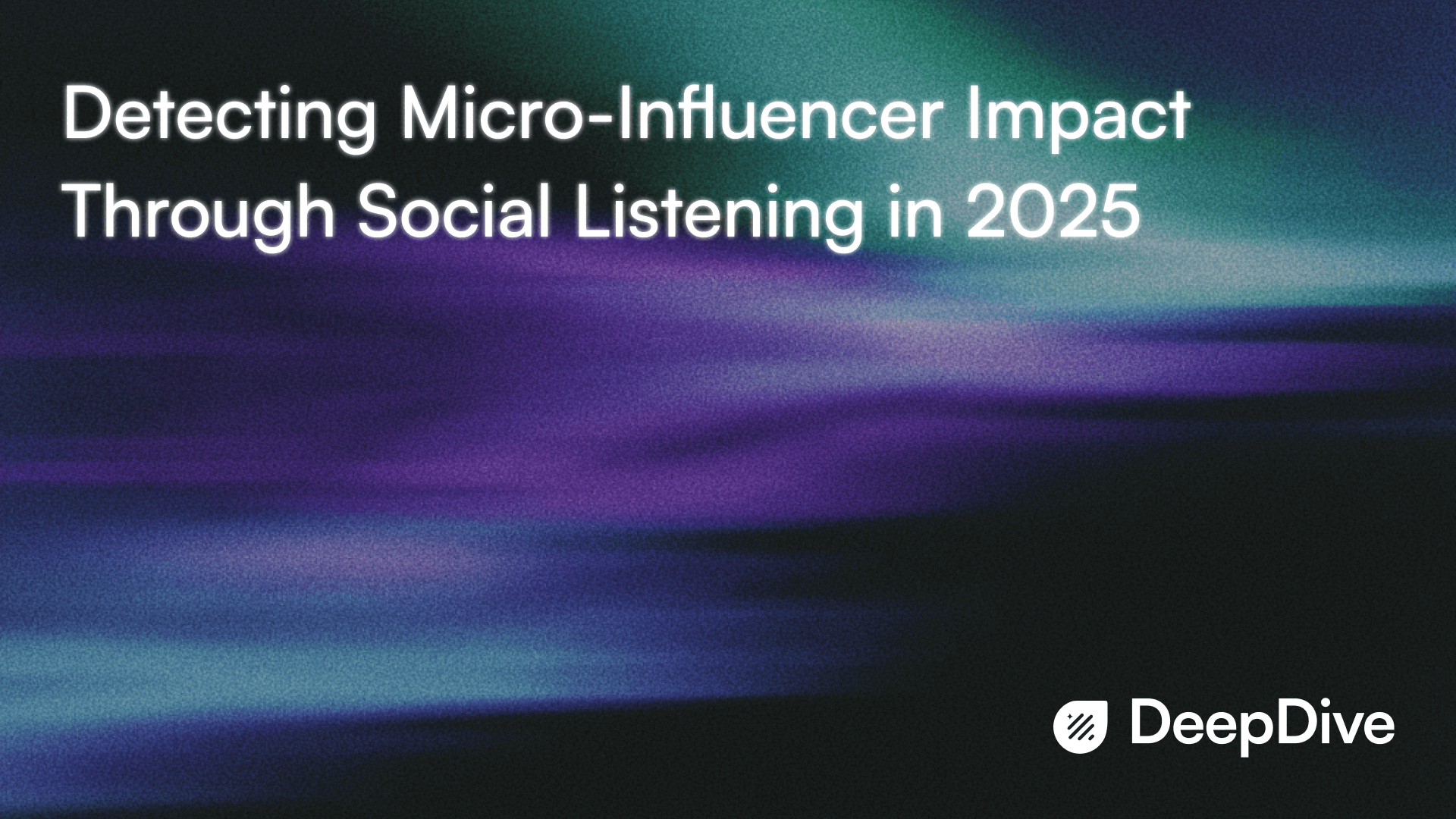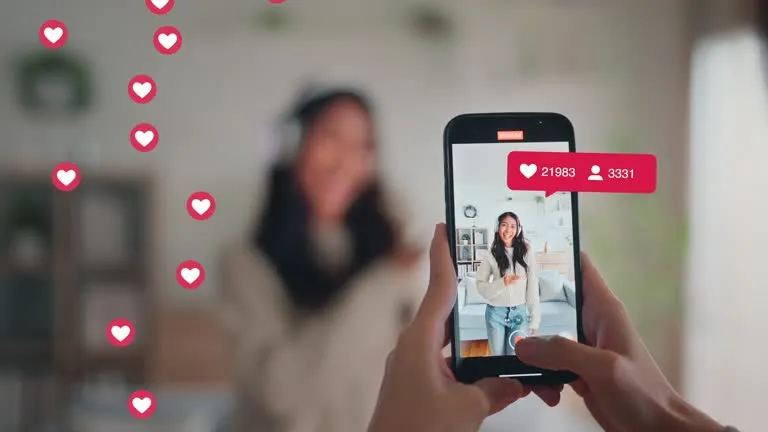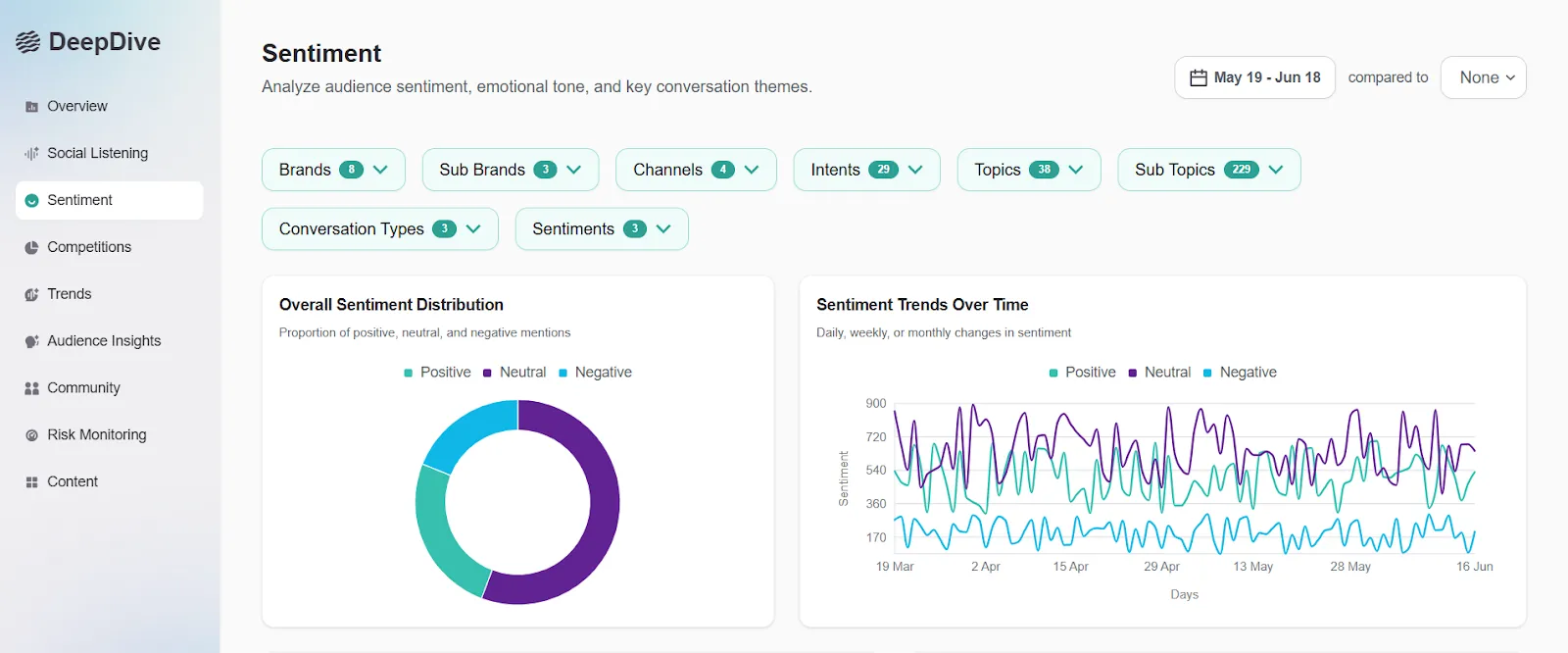We are excited to announce our $2M seed round led by Joa Capital.
Read Now

October 19, 2025
Syed Mohammad Sharfuzzaman Nayeem

When we hear ‘influencer marketing’, we often think of popularity and follower count. But in 2025, that’s not the case anymore.
Brands care more about influence than influencer. And this influence comes from a micro-influencer.
But how does a micro-influencer wield this influence? The primary reason is that these creators are targeting a niche audience. The audience is small but more engaging.
Today’s age is not about mass marketing. It’s how, but how much you are connected with your audience. Have you been able to form a community? This is the reason why you may have seen brands trying to make a space across forums or Reddit groups.
But it’s necessary to measure the impact of a micro-influencer. How? By betting on social listening. There are many modern social listening tools that can help you capture consumer sentiment and track micro-influencer effectiveness.
Influencer marketing has been out there for a long time. But let’s bust a myth.
You don’t need Kim Kardashian or an even bigger influencer to promote your brand. A micro-influencer with 10k-100k followers is likely to generate 60% more engagement compared to a typical influencer.
These social media influencers are more authentic and more trusted by their audience. They are niche, and they are slowly becoming the backbone of influencer marketing.
But how do they get this trust?
Most importantly, they sound relatable. If I am trying to learn personal finance, I will come across hundreds of influencers trying to sell quick ways to becoming rich, how NFTs are the goldmine, or which meme stock is going to go up.
Everyone wants to get rich. But there might be a micro-influencer who takes you through their personal finance journey, their obstacles, and how they overcame their knowledge barrier.
Such an influencer speaks to you and feels more authentic. This is the reason why 82% of buyers are highly likely to follow a recommendation by a micro-influencer.
But the challenge isn’t finding the right micro-influencer. It’s about how we can leverage social listening to find their impact.
Social listening isn’t just about monitoring mentions. It -
Let’s say you have hired an instagram influencer to promote a skin-care product. They have a great number of followers, they are making regular content, but engagement seems to be low.
An instagram influencer should not take only the follower count as the metric for success. Tons of unstructured data need to be analyzed. What does the comment section tell about your content? Are there sarcastic comments, hate comments, or people asking for a specific product or a skin care routine?
It’s physically impossible to go through all of them and find a pattern. That’s why you need a social listening tool that combines NLP, AI summarization, and predictive analytics to give you the report you need.
That’s when the influencer can tweak their content and start making an impact for the product.

Some of the leading brands track the following KPI to evolve their influencer marketing game.
How often do people mention your brand after a micro-influencer campaign?
Do they have conversations about you or resonate with your brand more after the campaign?
Only mentions aren’t enough. What’s the emotional tone behind these mentions?

Are they praising you, mocking you, raising concerns about quality, supporting the influencer, or questioning the influencer’s credibility?
Other brands have social media influencers running influencer campaigns of their own.
Compared to these campaigns in your category, how visible is your brand in online discussions?
Is the influencer’s content being referenced elsewhere, even by people who don’t follow them?
A micro-influencer does the initiation. Through its content, it puts your brand and the idea surrounding it out on the internet.
You need to track brand conversations that happen days or even weeks later after the initial exposure because of the influencer. Social listening is pretty handy for this.
If you are sold on using social listening to see how well your influencers are performing, you can use the following tools -
These tools look beyond the typical metrics and analyze language, identify trends, and correlate them to your influencer marketing efforts.
Your instagram influencer is more than someone posting content online as a side hustle or for the sake of some likes. These creators have become cultural sensors.
A social media influencer can sense shifts in public sentiment and use them to their advantage. They may also be the ones motivating the shift.
When these creators talk, niche communities listen. A micro-influencer can serve as an early warning for your brand as to where the market is headed. If a rising Instagram influencer starts questioning ingredient safety in cosmetics, that’s not noise, that’s a signal.
If you follow Bloomberg Originals, you will find they talk about how the GenZ investing boom took place during and post-COVID, and the impact influencers had and have behind it. It’s not like they are manipulating people. It’s just that they have garnered the trust of people and become better at reading their audience.
Micro-influencers are changing the game in 2025—not with big follower counts, but with real, trusted connections in niche communities. These creators are no longer just marketers, they’re cultural barometers. And if brands want to stay relevant, they need to listen not just louder, but smarter.
Discover How Audience Intelligence can help your brand grow